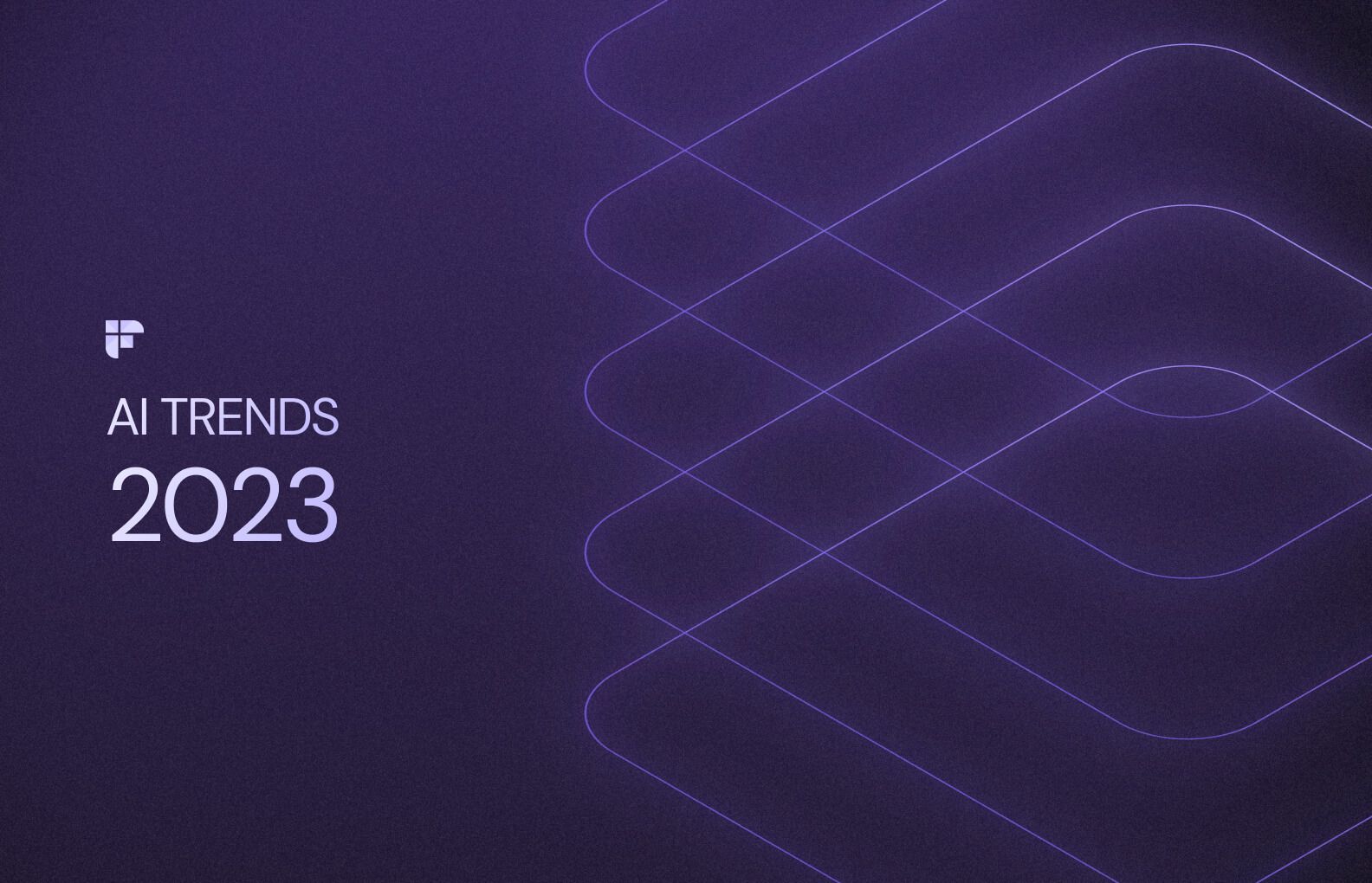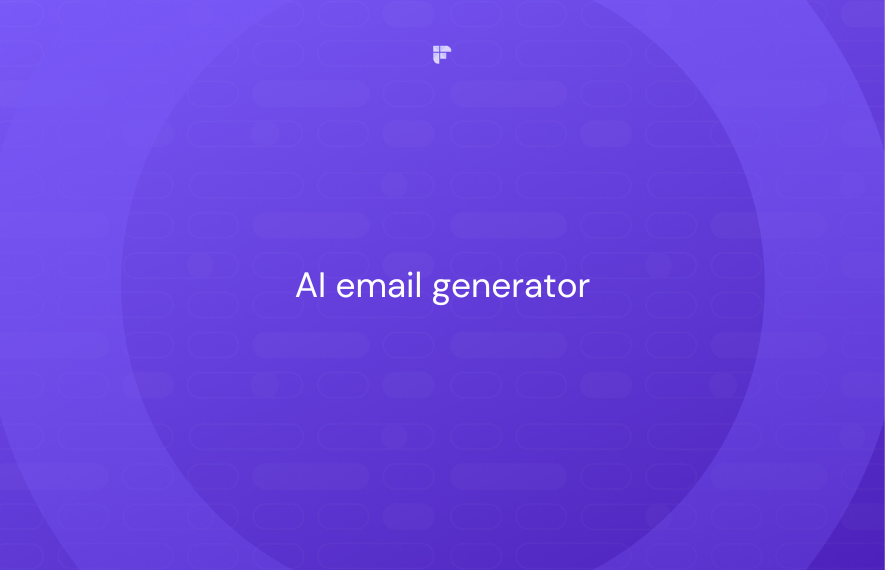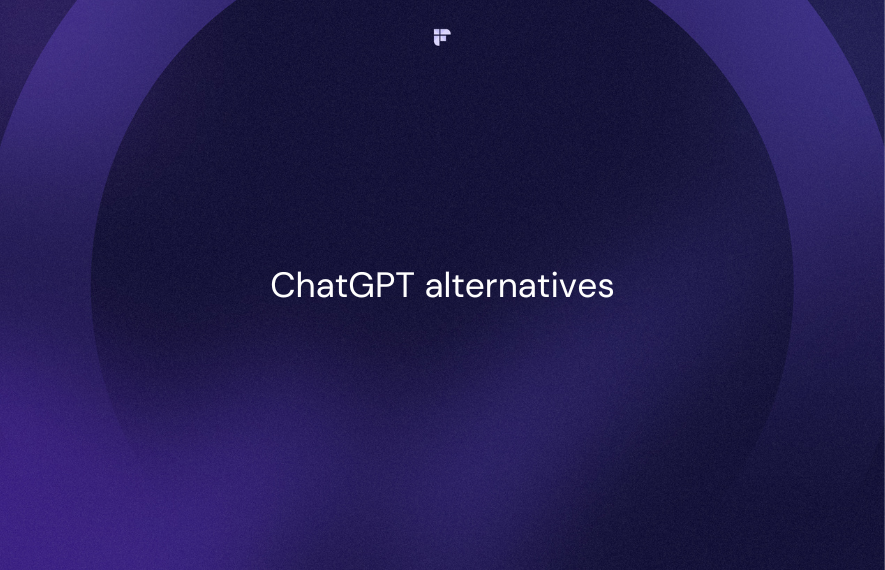According to IDC research, governments and businesses worldwide will invest a whopping $500 billion in AI technology this year, and it's not hard to see why. From self-driving cars and robots serving food in restaurants to virtual assistants, AI has already made a splash in our daily lives, and there is no stopping. But what's next for our robot overlords? What AI trends will dominate this year, you ask?
This blog explores the top 8 AI trends likely to shake things up this year.
Top 8 AI trends for 2023
1. Generative AI steals the show
In 2023, AI is breaking out of its mold as a tool for automating routine tasks. It's diving headfirst into the world of creativity. That's right; we're talking about generative AI, the branch of AI that uses existing data to create entirely new and never before seen artifacts.
You may have heard of some of the heavy hitters in this space, like GPT-3 and DALL-E, developed by OpenAI, that can create text and images almost indistinguishable from human-generated content. But this technology is not just for entertainment and art; it's also being used to make synthetic data that businesses can use for all sorts of purposes.
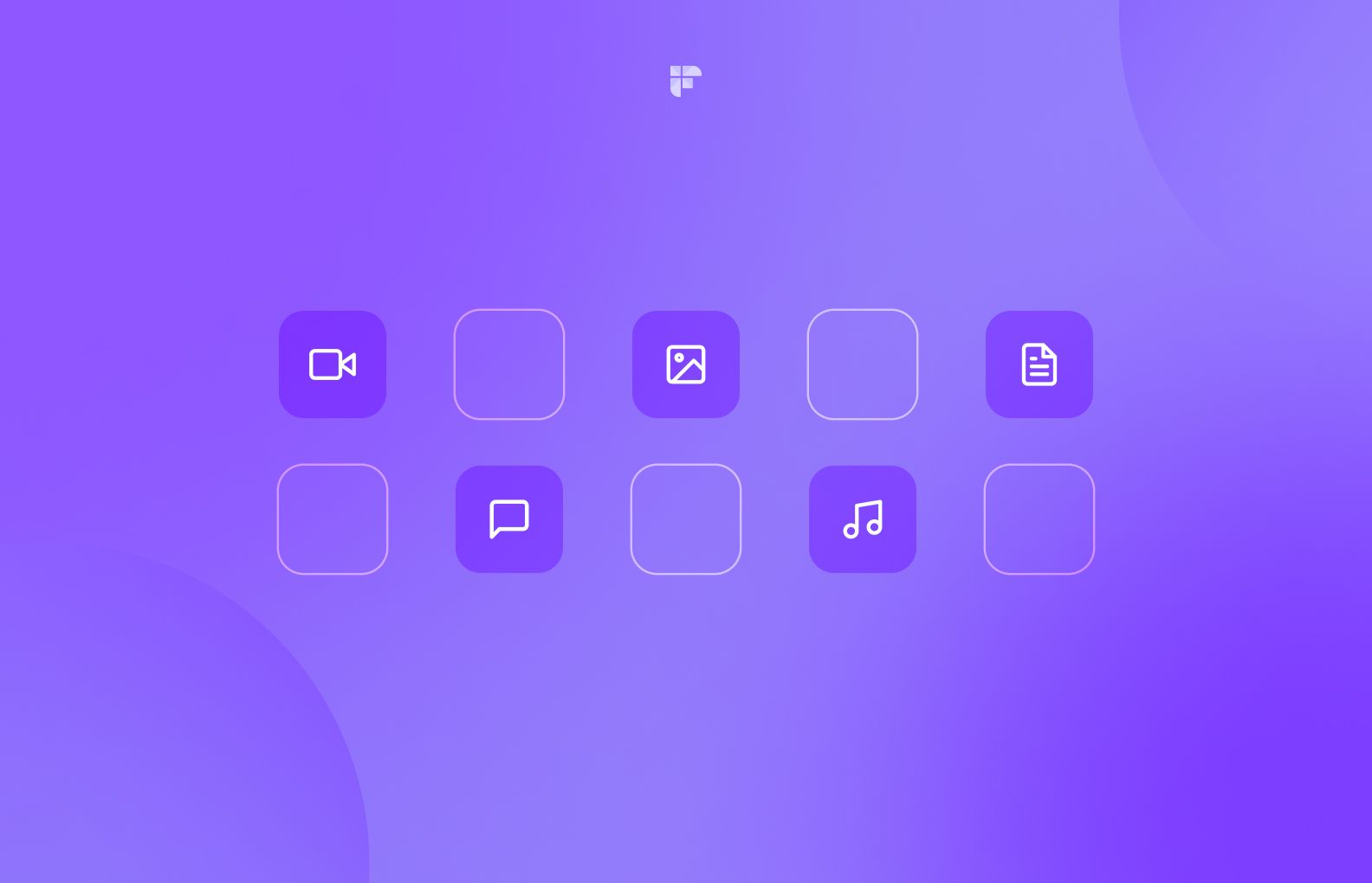
With the technology achieving mainstream exposure through deepfaked videos and the Metaphysic act, more and more businesses will use generative AI in 2023.
2. Further democratization of AI
Imagine a world where anyone can use AI with a click, regardless of their technical skills. Sounds too good to be true? Well, it's not!
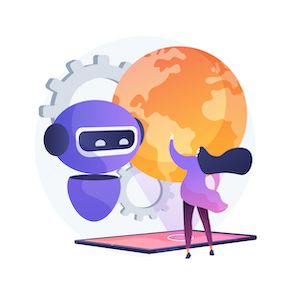
The AI moment will show no signs of slowing, with this technology about to become more accessible than ever before. Thanks to the growing number of apps that put AI functionality at our fingertips, even the most tech-phobic among us can now take advantage of predictive text suggestions or even easily create sophisticated visualizations and reports.
And, if there isn't an app that does what you need, you can create your own AI-powered solution with no-code and low-code platforms.
This democratization of AI is not only making it more accessible to the masses but also helping to bridge the skills gap in the industry. Businesses and organizations can now empower their employees to become "armchair" data scientists and engineers, making the power and utility of AI within reach for us all.
3. Human and AI collaboration becomes a norm
Get ready to work side-by-side with AI, as this trend will dominate in 2023. From code generation, automated testing, deployment, and bug fixing to content generation and automating routine tasks, AI will be rampant this year and beyond.
According to Gartner, the use of AI in software development will grow significantly by the end of the decade. By 2030, 80% of the workforce will interact with smart AI tools daily, up from less than 10% today.
But for this to happen, teams must focus on aiding human and machine collaboration.
Automated processes will benefit from the speed and precision of AI, while humans will focus more on performing specialized and creative tasks such as design and user experience. This way, teams can improve productivity and efficiency.
4. Growth of conversational AI
Conversational AI systems are expected to become more widespread in 2023, with experts predicting an increase in their usage across various industries.

While current chatbot technology may not yet be able to handle complex queries, advancements in AI trends have the potential to make them more advanced and efficient. Organizations are increasingly looking to implement conversational AI assistants in their processes, but to ensure desired results, they must stay updated with the latest AI trends.
These trends include integrations to personalize interactions, using a no-code approach to reduce IT workload, and incorporating natural language processing, machine learning, and sentiment analysis to understand user intent and provide personalized responses.
5. AI-focused cybersecurity
Hold on to your IT folks, because in 2023, cyber attacks will only get more sophisticated. Cyber attacks rose by a staggering 50% over the previous year in 2021 and show no signs of slowing down, making cybersecurity a top priority for organizations.
Companies must protect AI systems from severe attacks and rethink their network and cloud security. Companies will likely incorporate AI into cybersecurity in 2023, with log data generated from AI systems fed through intelligent security models that can mark suspicious behavior and notify security teams to take action.
AI can automate identity and access management systems. Organizations can significantly reduce the manual effort needed to keep their systems secure by introducing intelligent automation into security systems.
Another trend to look out for is using AI to monitor and analyze user activities, identify anomalous behavior, and enhance security across the customer authentication experience. This can help businesses stay ahead of cybercriminals and protect their sensitive data.
6. Emphasis on ethical AI
As AI becomes common in our daily lives, it's not just the threat of cyber attacks that we need to worry about but also the ethics of how companies use this technology. In 2023, developing more ethical and explainable AI models will be a top priority.
At the core of this is trust. AI requires data to learn, and often that means personal data. For many of the most valuable and powerful AI use cases, this might be sensitive information like health or financial information. If the general public doesn't trust AI or understand how it makes decisions, they won't share their information, and the whole thing will fall apart.
In 2023, we will see efforts to overcome the "black box" problem of AI. Those responsible for implementing AI systems will work harder to ensure that they can explain how they make decisions and the data they use to arrive at them.
AI ethics will also become increasingly prominent as organizations strive to eliminate bias and unfairness from their automated decision-making systems. Biased data can lead to prejudice in automated outcomes that can result in discrimination, and unfair treatment, which is intolerable in a world where AI plays a role in decisions involving employment, access to justice, healthcare, etc.
7. The rise of intelligence automation
Another key trend to watch out for in 2023 is the integration of AI and RPA to create intelligent automation solutions. By combining the strengths of AI, such as machine learning, natural language processing, and image recognition, with the automation capabilities of RPA, organizations can unlock new possibilities for improving their operations.
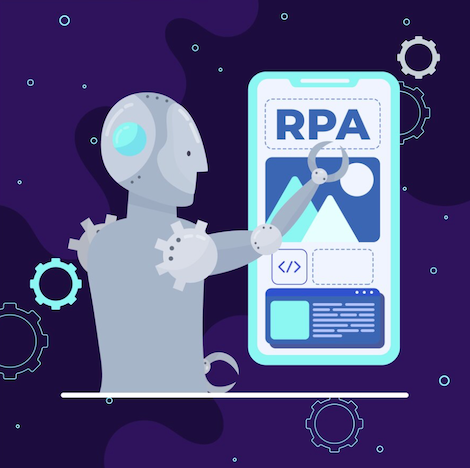
RPA can serve as a foundation for companies looking to accelerate their integration of AI into critical activities and decisions. It allows robots to automate decision-making processes and perform complex analyses, simplifying everyday operations and improving productivity and accuracy.
Companies can leverage the latest AI trends to improve their RPA systems. They can use machine learning to enhance decision-making accuracy, NLP to understand customer needs better, and image recognition to automate data extraction from various sources.
8. Quantum computing + AI
As the amount of data generated and stored continues to grow, the need for more powerful and efficient computing technologies also increases. Quantum computing, with its ability to perform calculations beyond the reach of classical computers, can potentially transform multiple industries, including finance, healthcare, retail, and logistics.
Combining quantum computing with AI is particularly promising, as it allows for processing large amounts of data quickly and efficiently. Machine learning algorithms run on quantum computers can uncover patterns and anomalies in data, providing insights that would not be possible with traditional computers.
In 2023, we expect to see an increased interest in quantum AI and machine learning as more companies look to leverage the power of quantum computing to solve complex problems and gain a competitive advantage. The healthcare and finance industries, in particular, will benefit from the ability to create more accurate and in-depth models, leading to improved operational efficiency and decision-making.
However, it's worth noting that quantum computing is still in its infancy, and it's not yet clear when it will reach maturity to be used in production. But the potential is enormous, and companies may start experimenting this year.
The future of AI
So there you have it, the 8 AI trends to watch out for in 2023. From generative AI creating synthetic data and rising human-machine collaboration to sustainable AI and quantum computing with AI, the future looks mighty fine.
But remember, as with any trend, it's essential to pick and choose what works best for your business. Don't just jump on the AI bandwagon because it's the cool thing to do. Think about how it can benefit your organization and bring a solid return on investment.
After all, nobody wants to be the company using floppy disks in 2023.

